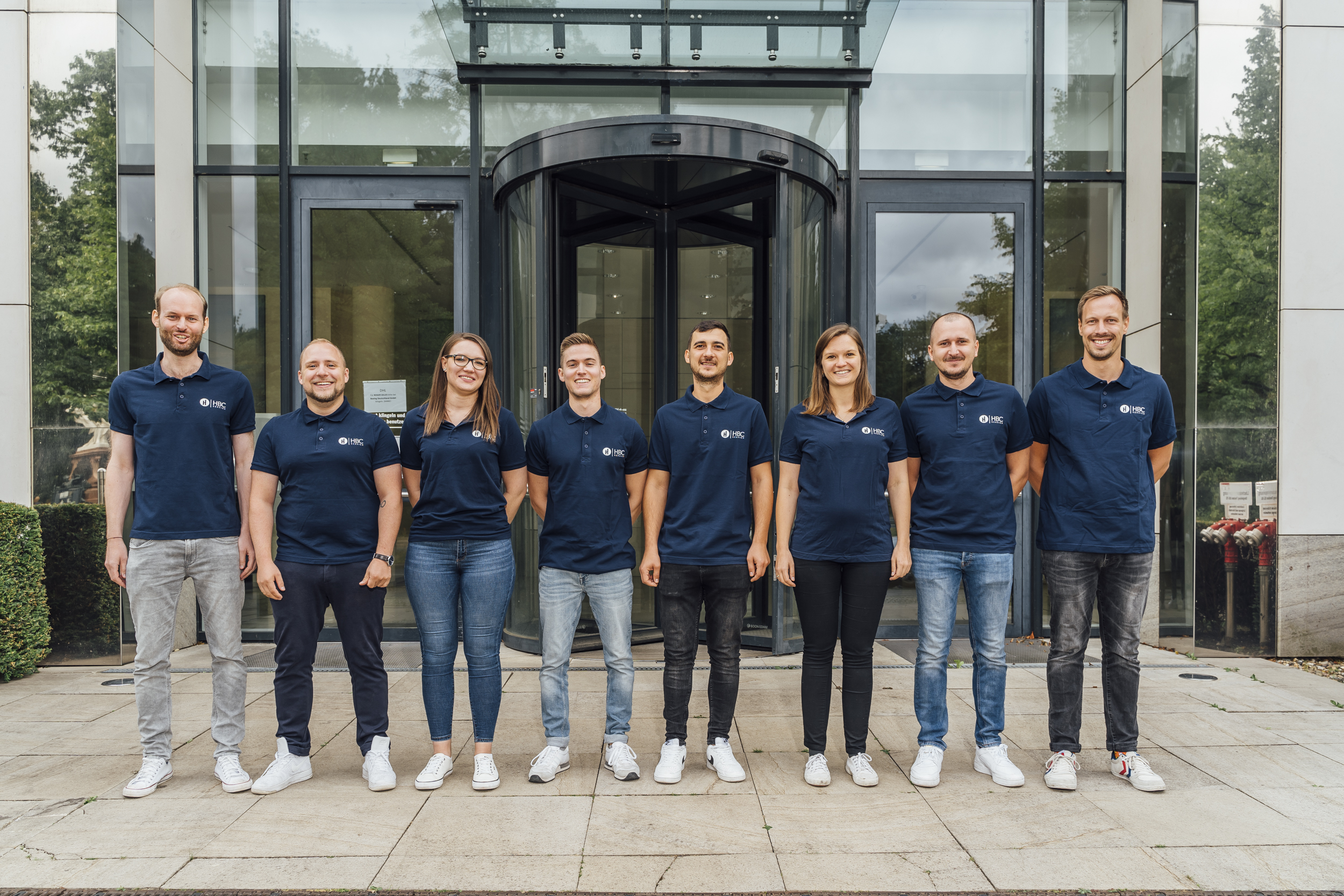Security and compliance in facility management
Strategies for sustainable risk mitigation and legally compliant processes
In an increasingly regulated and complex environment, adherence to safety and compliance requirements in facility management (FM) is of central importance. Operators, owners and service providers are under increasing pressure not only to comply with legal regulations, but also to actively shape operational security. This article looks at specific measures to ensure security and compliance, taking into account key strategic principles.
a) Know the risks: risk management as a basis
Effective safety management begins with a systematic risk assessment. This includes physical risks (e.g. fire protection, burglary, electrical systems), operational risks (e.g. failure to carry out maintenance, operating errors) as well as legal and liability-related risks.
Recommendation:
Carry out structured risk analyses using methods such as risk assessment in accordance with §5 ArbSchG or ISO 31000. In addition, continuous risk reporting should be established in order to identify new hazardous situations at an early stage [BAuA, 2023].
b) Familiarize yourself with the regulations: know the standards and regulations
Facility managers must be familiar with a wide range of laws, standards and guidelines, such as:
● Occupational Health and Safety Act (ArbSchG)
● Ordinance on Industrial Safety and Health (BetrSichV)
● DIN standards (e.g. DIN EN 15221-2 for FM processes)
● Fire protection regulations of the federal states
● GDPR in the context of access controls and building technology
Regular staff training and cooperation with specialized compliance partners can help to avoid violations [BMAS, 2025]
c) Track and measure your performance: KPIs and audits
Transparency creates trust - key figures and regular audits help to make safety and compliance performance measurable. Relevant KPIs could be:
● Number of maintenance activities carried out
● Documentation rate of risk assessments
● Number of incidents or near misses
● Audit results according to ISO 45001 or 9001
Digital CAFM systems (Computer Aided Facility Management) offer powerful tools for monitoring and evaluation [GEFMA, 2019] [GEFMA, 2023].
d) Look for blind spots and potential risks that could be overlooked
Despite established processes, blind spots remain an underestimated problem: outdated risk assessments, ignored minor defects or underestimated IT interfaces (e.g. smart building technology without sufficient data protection).
Solution approach:
Use interdisciplinary teams, carry out external safety audits and motivate employees to submit anomalies via an internal reporting or suggestion system.
e) Go into depth and detail: documentation and due diligence
Documentation is essential for compliance. Only if maintenance, training, approvals or inspections are documented in a traceable manner can companies provide evidence in the event of an emergency [DGUV, 2025].
Examples:
● Test reports in accordance with DGUV V3 (electrical equipment)
● Maintenance certificates for elevators, sprinkler systems
● Training certificates for external service providers
f) Go beyond compliance: security as a corporate culture
Compliance should not be a minimum goal, but a basic standard. Going beyond this not only strengthens security, but also the trust of customers, partners and employees.
Best Practices:
● Introduction of a certified safety management system (e.g. ISO 45001) [ISO 45001, 2018]
● Establishment of a safety culture through training courses, poster series, "Safety Days"
● Integration of ESG objectives into the FM strategy
g) Learn and improve: Continuous improvement process
Security and compliance are dynamic tasks. New technologies, changes in legislation and internal incidents should always lead to further development of the system. The PDCA cycle (Plan-Do-Check-Act), which is also anchored in many standards, is a proven instrument.
Example:
An incident involving a defective emergency exit should not only be rectified, but analyzed as part of the CIP, systematically documented and integrated into future inspection plans.
Conclusion:
Safety and compliance in facility management are more than just checklist issues - they are strategic management tasks. Those who are aware of risks, implement regulations, measure performance and establish learning processes can not only act in accordance with the law, but also in a resilient, efficient and sustainable manner.
-
Sources:
[1] Federal Institute for Occupational Safety and Health (BAuA), 2023: Risk assessment in the workplace.
https://www.baua.de/DE/Themen/Arbeitsschutz-im-Betrieb/Gefaehrdungsbeurteilung
[2] Federal Ministry of Labor and Social Affairs (BMAS),2025: Overview of laws and regulations. https://www.bmas.de/DE/Service/Gesetze-und-Gesetzesvorhaben
[3] GEFMA 444, 2019: Guideline for CAFM software.
https://www.gefma.de/standards/gefma-444
[4] GEFMA 445, 2023: Guideline for CAFM software
https://www.gefma.de/neue-richtlinie-gefma-445-ermoeglicht-zertifizierung-von-software-fuer-einzelne-fm-prozesse
[5] German Social Accident Insurance (DGUV), 2025: Regulation 3.
https://www.dguv.de
[6] ISO 4500, 2018: Management systems for safety and health at work
https://www.iso.org/iso-45001-occupational-health-and-safety.html
Further sources:
● GEFMA e.V. - German Association for Facility Management: https://www.gefma.de
● DIN EN ISO 41001 - Management systems for facility management
● TÜV SÜD white paper "Compliance in FM ": https://www.tuvsud.com
● BAuA database for occupational health and safety regulations: https://www.baua.de/DE/Angebote/Regelwerk






